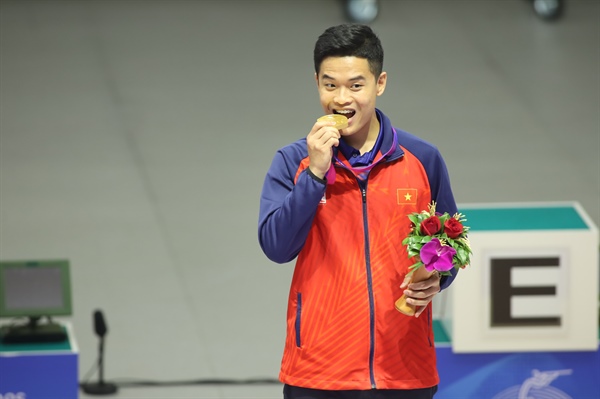
Shooter Pham Quang Huy said that training in a modern shooting range has helped him improve his performance.
Not only Vietnam but also other countries in the Southeast Asian region see this as an opportunity to clearly see where they stand on the map of top-level continental sports .
Using SEA Games as a springboard for Asian Games
At the end of the 19th Asian Games, many people said that while other countries in the region such as Thailand skipped the SEA Games to focus on the Asian Games, Vietnamese sports were still content with the regional arena and then "fell behind" in the continental arena. Is the reality as stated above true?
At the 32nd SEA Games, Thailand participated in the Games with 877 athletes, competing in 38 sports, ranked 2nd overall, won 108 gold medals, behind the Vietnamese delegation. Indonesia participated in the Games with 599 athletes competing in 31 sports, ranked 3rd, won 87 gold medals. Malaysia participated in the Games with 677 athletes, won 34 gold medals, ranked 7th. The Philippines ranked 5th with 840 athletes, competing in 38 sports. Singapore ranked 6th, with 558 athletes, competing in 30 sports. Meanwhile, Vietnam participated in the Games with 702 athletes, competing in 38 sports, leading the Games, winning 136 gold medals.
Thus, among the above countries, Thailand is the country with the largest number of athletes participating in the 32nd SEA Games (877), followed by the Philippines (840), Vietnam (702), Malaysia (677), Indonesia (599), Singapore (558) and Vietnam is the country with outstanding achievements with 136 gold medals. The above figures also show that countries in the Southeast Asian region do not ignore the SEA Games but still pay great attention to this arena, similar to the fact that if you want to go to university, you must go through high school, if you want to go to high school, you must go through middle school. The policy of using the SEA Games as a springboard to advance to the Asian and world arenas of these countries is similar to the strategy of Vietnamese Sports.
In fact, most of the top athletes in Southeast Asia have gone through the SEA Games and consider it an important arena in their careers. For example, taekwondo athlete Panipak Wongpattanakit (Thailand), first became known with the silver medal at the 2013 SEA Games. She is now the 2020 Tokyo Olympic champion, 2-time world champion, 2-time gold medalist at 2 consecutive Asian Games, most recently the 19th Asian Games. The shooter who brought home 2 gold medals for Indonesia at this year's Asian Games is Muhammad Sejahtera Dwi Putra, who also won gold medals at the 31st and 32nd SEA Games.
Weightlifter Rahmat Erwin Abdullah, who just brought home the gold medal for Indonesian weightlifting at the 19th Asian Games, has also won three consecutive SEA Games. The athlete who won the gold medal in the 200m speed event in Hangzhou (China) recently, Shanti Pereira (Singapore), also grew up in the SEA Games arena with 4 gold medals at 3 Games. Thai athletics prodigy Puripol Boonson, who just won the silver medal in the men's 100m event in Hangzhou, has represented Southeast Asia and won 3 gold medals at the 31st SEA Games, held in Vietnam.
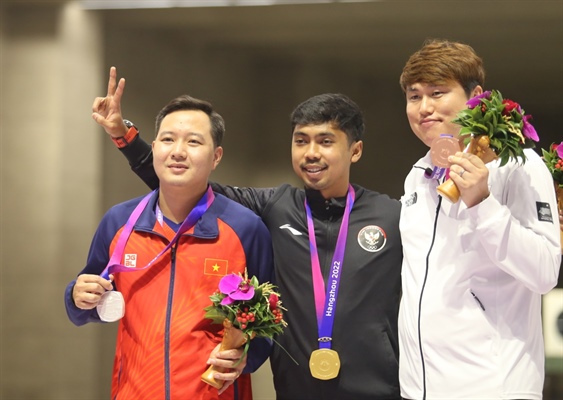
Muhammad Sejahtera Dwi Putra - Indonesia (middle) won 2 gold medals at Asian Games 19, previously won gold medals at SEA Games 31, 32
Why is Vietnam inferior to many Southeast Asian countries?
What about leaving the region to the continent? Thailand participated in the 19th Asian Games with 929 athletes, leading the Southeast Asian region in 8th place, winning 12 gold medals. In 2nd place in the Southeast Asian region, Indonesia participated in the Games with 423 athletes, competing in 30 sports, ranked 13th, winning 7 gold medals. Malaysia participated in the Games with 289 athletes, competing in 22 sports, ranked 14th, winning 6 gold medals. The Philippines competed with 388 athletes, competing in 43 sports, ranked 17th, winning 4 gold medals. Singapore with 431 athletes, competing in 32 sports, ranked 20th, winning 3 gold medals. Meanwhile, Vietnam participated in the Games with 332 athletes, competing in 31 sports. Thus, in terms of the number of athletes, Thailand is nearly 3 times larger than Vietnam, followed by Singapore, Indonesia, and the Philippines, all of which have larger numbers of athletes attending the Games than the Vietnamese delegation. Thus, Vietnam is participating with a much smaller number of athletes than many Southeast Asian countries, so there is no such thing as a large delegation but not as good as anyone else.
Analyzing the number of medals won by each country, we can see that Thailand won 12 gold medals, including 2 from golf, 1 from eSports, 3 from sailing, and 4 from sepak takraw; Malaysia won 6 gold medals, including 1 from horse riding, 1 from sailing, and 3 from squash; Singapore won 3 gold medals, including 2 from sailing...
According to Mr. Hoang Quoc Vinh, Head of High Performance Sports Department 1 - Department of Physical Training and Sports, the above countries won many gold medals in sports with strong investment in funding such as sailing and horse riding, while Vietnam has not had the conditions to develop these sports, so it cannot "compete" with other countries. High performance sports need a modern and standard infrastructure system. Thailand has enough infrastructure to host the 4 largest continental Games, Indonesia also hosted the 2018 Games, and Singapore hosted the Youth Olympics, while Vietnam's infrastructure conditions are still limited, not strong enough to host major sports events.
In the current conditions of the country, although the Party and the State have paid attention to investment, our resources for high-performance sports are still limited. The facilities are lacking, old, outdated, training conditions, experts, coaches, application of science and technology, sports medicine in training key athletes in our country are still inferior to many countries in the region, so the achievements have not been as expected.
In addition, according to the Director of the Department of Physical Training and Sports Dang Ha Viet, although there has been a focus on the Asian Games and Olympic arenas, the implementation of that policy in practice has not yet met the requirements. Investment in sports psychology experts has not been able to be implemented. The team of scientific training experts and scientific equipment to support the coaching staff in solving performance problems are still limited.
Dr. Huynh Tri Thien, Sports Management, Chulalongkorn University (Thailand), said that the development of high-performance sports in Thailand is not just a matter of the sports industry. For example, the government has preferential policies for businesses investing in sports. Sports Federations and Associations in Thailand are also active, mobilizing many resources to invest in sports.
“An important factor in developing high-performance sports that I am particularly impressed with in Thailand is that they have a very systematic and scientific school sports system. At all levels of education, there is a system of competitions, which helps to select talents. Thailand also has a system of qualified facilities in schools and localities to serve the training of athletes. When reaching the national team level, the cooperation of many parties, from Federations, Associations, businesses, scientific teams, etc. has helped athletes improve their performance. In my opinion, if we want to improve the performance of Vietnamese sports, we need a comprehensive strategy at the national level, because the sports industry alone cannot solve it,” emphasized Dr. Huynh Tri Thien.
For top athletes like us, if we can train in modern facilities and equipment that meet international standards, our performance will improve. Fortunately, the shooting range at the National Sports Training Center in Hanoi has been renovated and upgraded to serve the 31st SEA Games. This is a shooting range that meets international standards. Training in a new, modern shooting range has helped us improve our performance and compete better at the 19th Asian Games. (Shooter PHAM QUANG HUY) |
THU SAM; photo: DEPARTMENT OF PHYSICAL TRAINING AND SPORTS
(To be continued)
Source








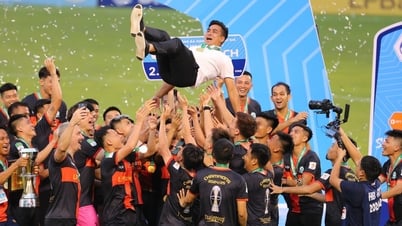




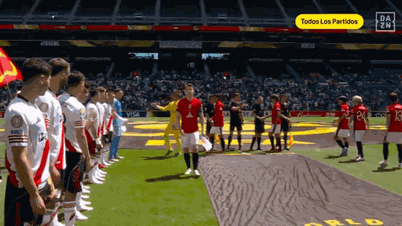








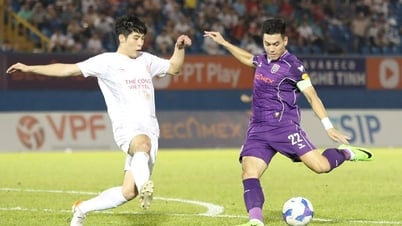



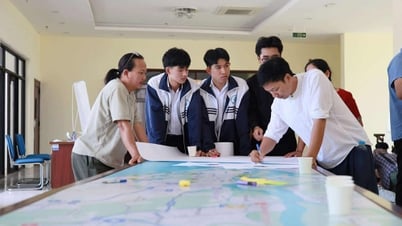





















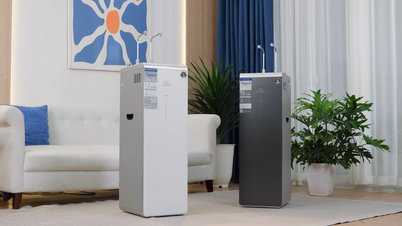






















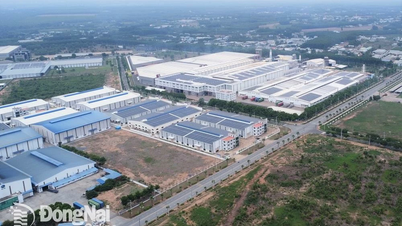

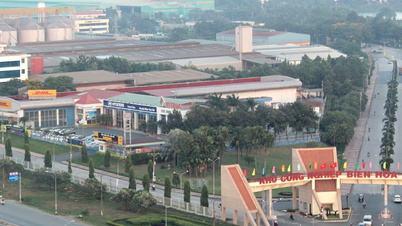




















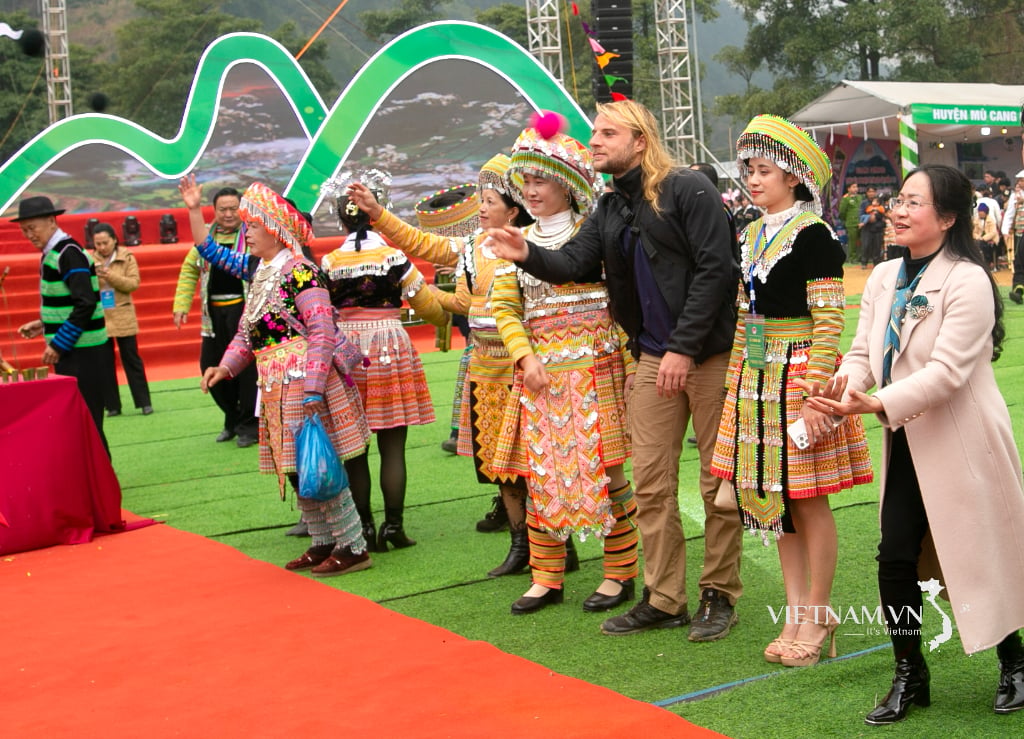

Comment (0)